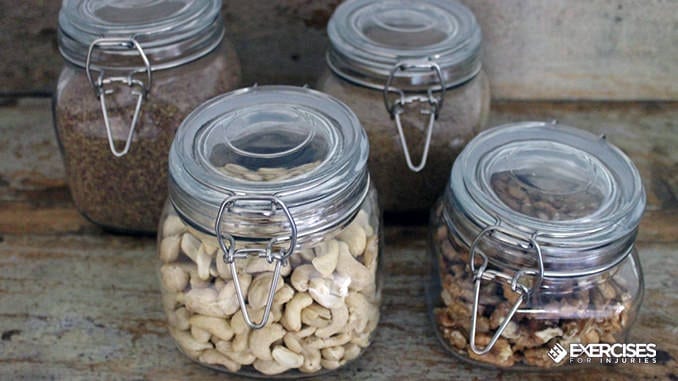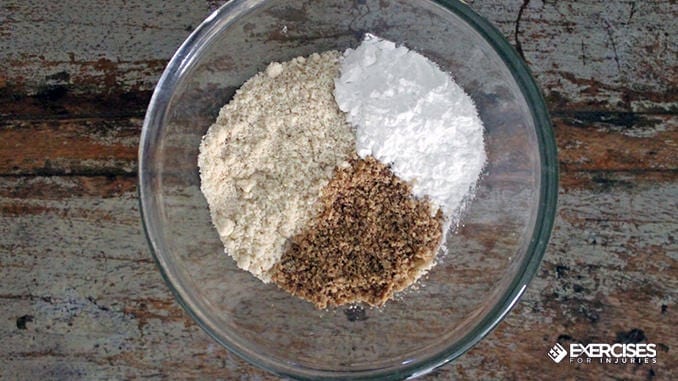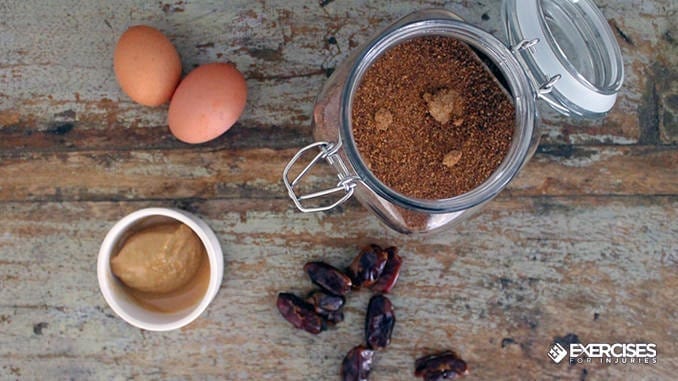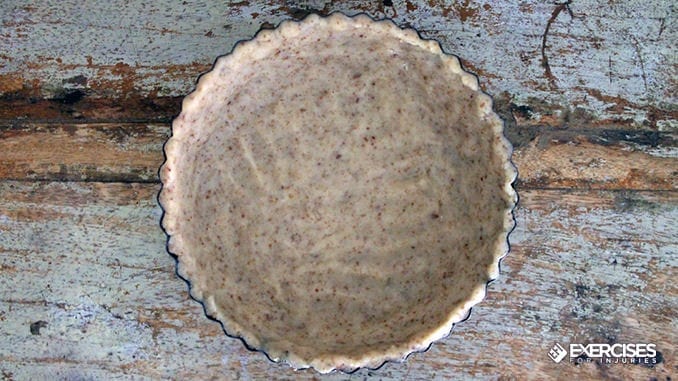
Following a wheat-free diet has never been easier. With an alarming list of health conditions being attributed to gluten consumption, it is no wonder that so many of us are opting to ditch wheat. Although a wealth of healthy choices are now readily available to us, selecting appropriate alternatives can become overwhelming. While swapping grains for healthy carbohydrates is a relatively easy switch, baking without the use of conventional flour can be a minefield.
With a few handy tips and a little know-how, you can confidently brave the wheat-free world of baking. The key things to look for when substituting conventional flour for healthy alternatives are the liquid content, binding agents, and texture you are trying to achieve. Once you have this in the bag, you’ll become an unstoppable gluten-free home cook.
So, where to begin? The following wheat flour alternatives section will give you some key hints and tips to introduce you to the world of healthy baking using alternatives that are easily accessible.
Flour Alternatives
1. Coconut Flour
Phenomenally popular within paleo circles, coconut flour is a great starting point for your wheat-free adventures. Packed with fiber, coconut flour is incredibly absorbent and will take on a lot of liquid, thickening almost instantly on standing. Coconut flour works well when used in conjunction with other healthy flours to create the desired consistency, or on its own as a one to one replacement in smaller recipes like cookies and muffins.
-
Good For
Cakes, bread, muffins, cookies and pancakes.
-
Tips
Utilize in conjunction with other flours, such as almond for a lighter consistency in your baked goods; the absorbency of this flour means that it can hold a good amount of liquid and works well with eggs and other wet ingredients.
-
Ratios
Coconut flour works best replacing up to half the required quantity of regular flour in a recipe, although it will work well in isolation in smaller bakes which have more liquid.
2. Nut And Seed Flours
Packed with healthy omega-3 and omega-6 fatty acids, nut and seed flours are an incredibly versatile wheat-free alternative. From the classic almond or flax meal to pumpkin seed and walnut powders, there is very little they cannot do. A particularly popular choice is almond flour or meal which not only serves to make the dense, moist cake but can also create a perfectly crisp pastry.
-
Good For
Cakes, granola bars, muffins, cookies, bread and pastry
-
Tips
For a light, fluffy texture opt for a finely ground powder and reserve the coarser meal for crisp pie and tart pastries; if you cannot buy nut or seed flours it is incredibly easy to make your own, soak the nuts overnight then grind to a fine crumb in a food processor.
-
Ratios
Almond flour does very well standing on its own as a 1-to-1 in place of wheat flour and works well in many traditional cake recipes using the typical quantities of liquid; however, you could also use it as three-fourths of the total flour quantity in conjunction with another flour.
3. Tiger Nut Flour
Rapidly gaining increasing popularity, tiger nuts are a fantastic grain-free and nut-free baking alternative. The tiny little tubers are packed with protein, fiber, and an impressive nutritional profile. They are a force to be reckoned with in the world of healthy baking. Being naturally sweet in flavor, tiger nuts lend themselves well to treats and desserts. In some instances, you are even able to omit the use of additional sweeteners.
-
Good For
Cookies, biscuits, pastry, cakes and muffins.
-
Tips
You can prepare your own tiger nut flour from soaked and ground tiger nuts or purchase it as a finely ground powder, which is far superior for baking as it removes much or the grittiness that can result from grinding the tubers yourself; even so, it is still advisable to sift your powder before cooking to make sure its extra fine.
-
Ratios
Tiger nuts work well to replace three-fourths of the flour in a recipe; they combine well with nut flour and arrowroot; they also hold well with alternative binders like coconut oil, nut butter, and gelatin and are ideal for grain-free, egg-free baking.
4. Gluten-Free Flour Mixes
Gluten-free flours can be a mixed bag but are also the closest you will get to a genuine flour consistency. Often made from a blend of extra-finely ground grains, it will give you a consistent bake and a light, fluffy texture.
-
Good For
Cakes, muffins, biscuits, cookies, brownies, bread, pancakes and breading.
-
Tips
You will find that you can use a gluten-free flour mix quite easily to create old favorites with very little need for variation to the recipe; use caution, however, if you are particularly sensitive to other grains.
-
Ratios
Use as a 1-to-1 replacement for regular flour.
Read more about gluten’s effects on the body in our article, The Truth About Gluten.
5. Arrowroot Powder
Not so much a flour but a finely ground powder, arrowroot is alternative flours best friend. Great for adding lightness and binding, arrowroot works in conjunction with most gluten-free flours that aren’t being used solely as a 1-to-1 replacement. Arrowroot also works well as a replacement for cornstarch in most recipes.
-
Good For
Cookies, biscuits, cakes, bread and thickening sauces.
-
Tips
Arrowroot works incredibly well with coarser flours such as almond and tiger nut to form a pastry.
-
Ratios
Use to make up one-quarter to one-third of a recipe’s flour requirements.
6. Nut Butters
Perhaps a surprising addition to the list, nut butter bake incredibly well with granulated sweeteners and eggs to create perfectly soft and chewy cookies without a grain of flour in sight. They also work exceptionally well as a binder in recipes and make a great gooey addition to brownies.
-
Good For
No-bake bars, brownies, cakes and cookies
-
Ratios
Use solely as a base for cookies without any flours required, and 1 cup of almond butter works well to replace 1 cup of flour.
Final Thoughts
A great starting point for your experiments with alternative baking is pastry. What can be complex when working with conventional wheat is incredibly easy with alternative flour.
As a general rule of thumb, opt for a three-quarters flour mix and one-quarter arrowroot. You can then bind this with your chosen fat and a little ice-cold water.
For example, 1 1/2 cups of tiger nut powder, 1/2 cup of arrowroot, 1/2 cup of coconut oil and 2 tablespoons of cold water. Bring these ingredients together to form a dough, rest in the refrigerator for 15 minutes, and then use as the base for a healthy fruit pie. Voila! It’s as easy as that! An almond meal will work just as well in this recipe.
Why not try adding a little cinnamon to the dough for a sweet, tart case or a little dried rosemary for a savory pie?
Happy healthy baking!
If you want to know what foods will help you restore your natural vitality and get slim and stay slim, then check out the Best Foods That Rapidly Slim & Heal in 7 Days program, here!





